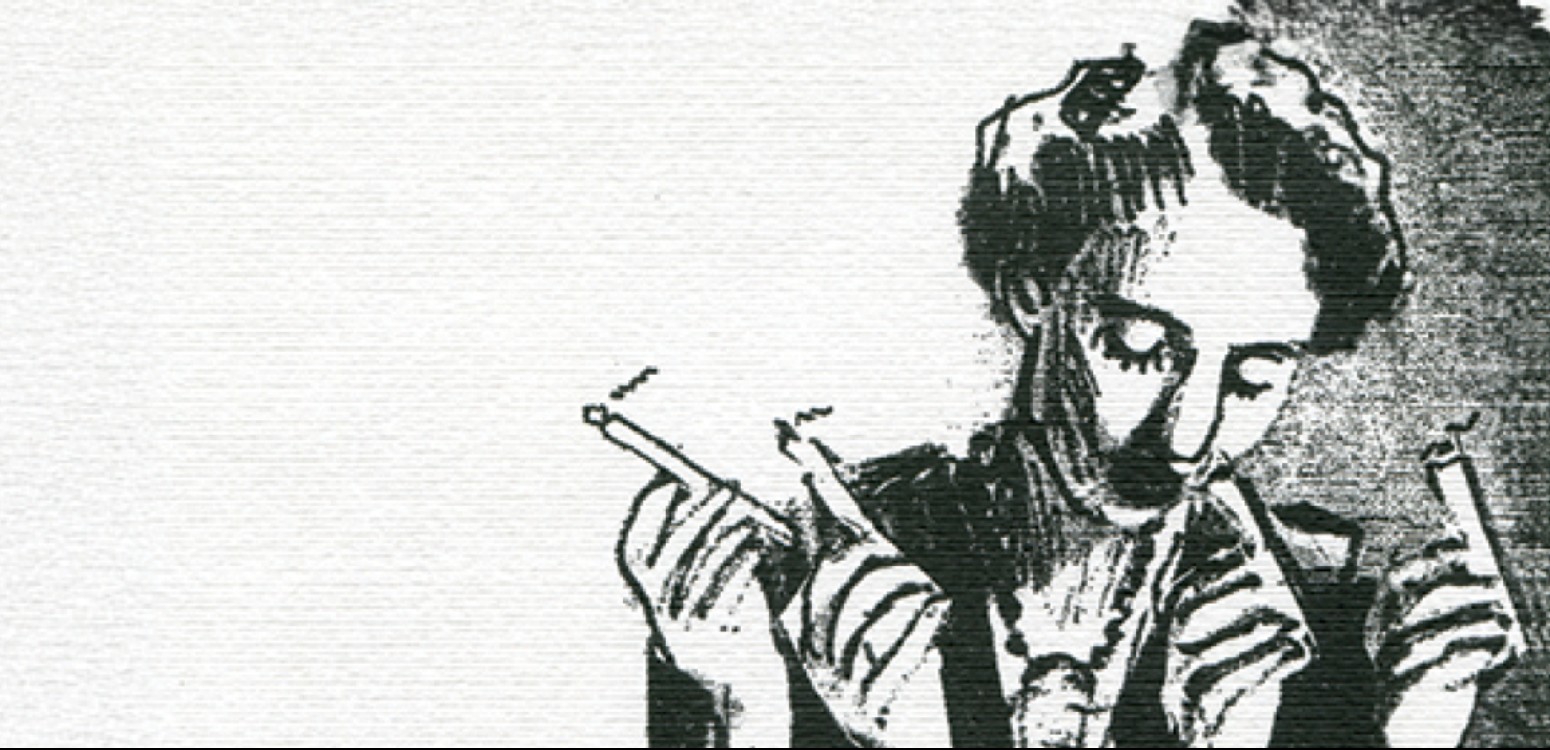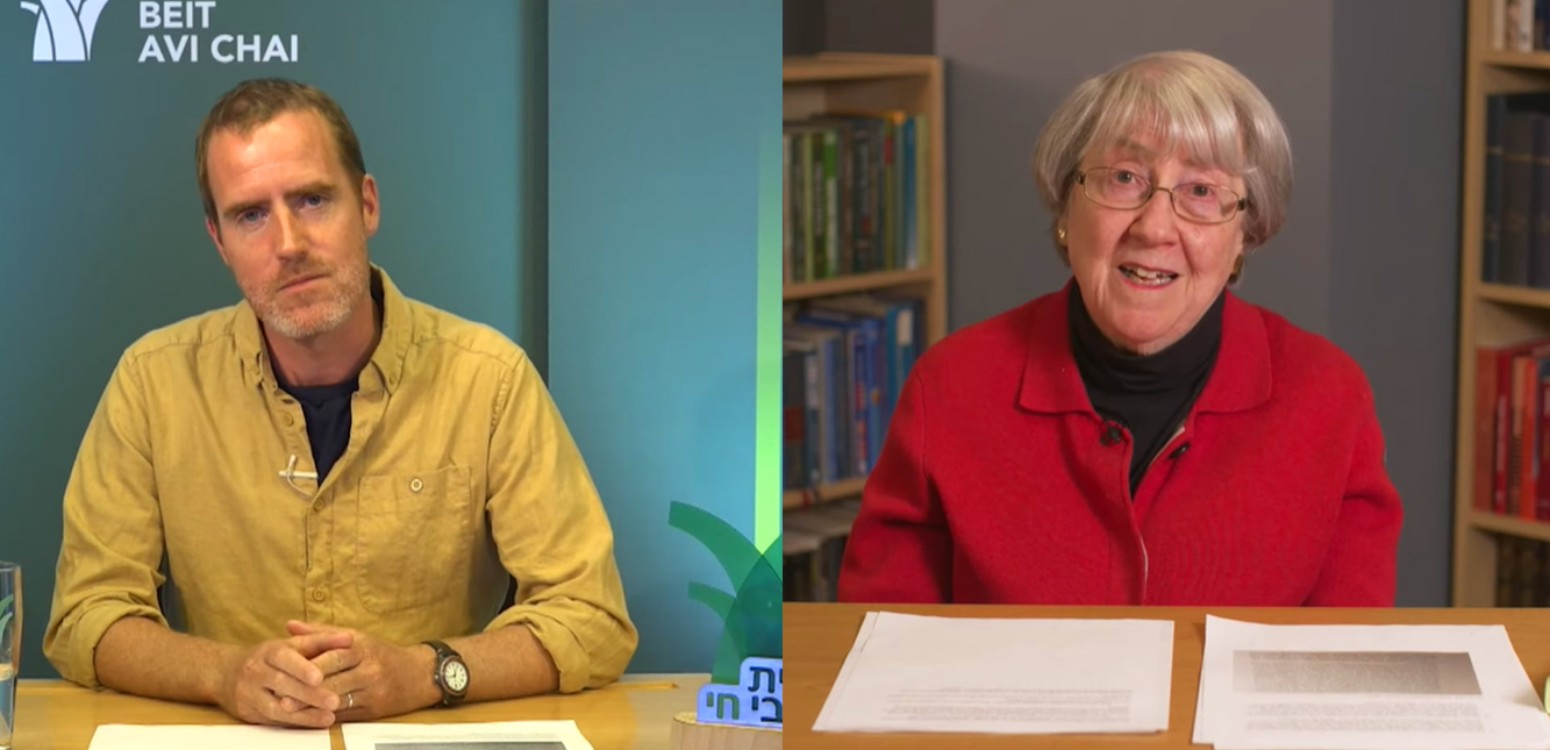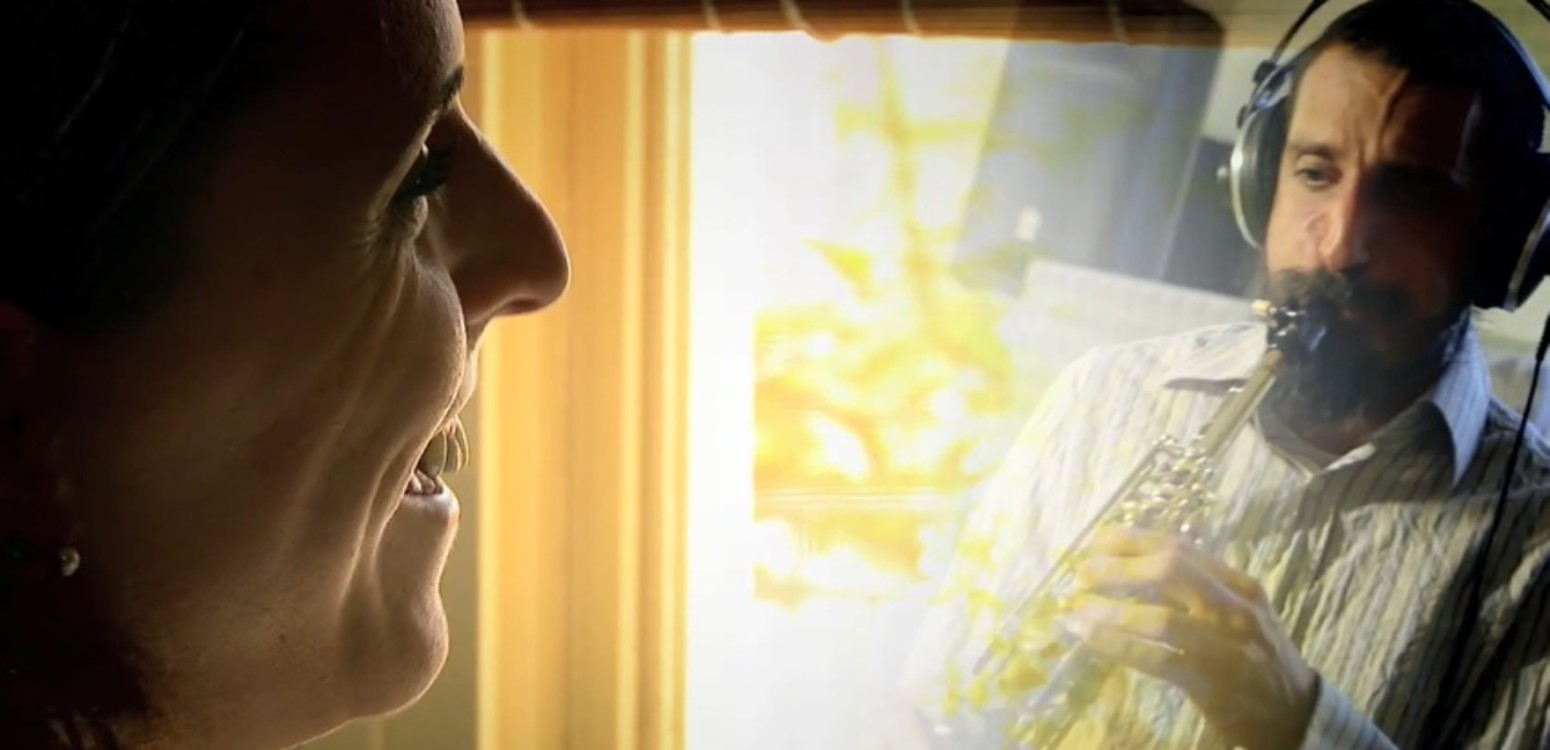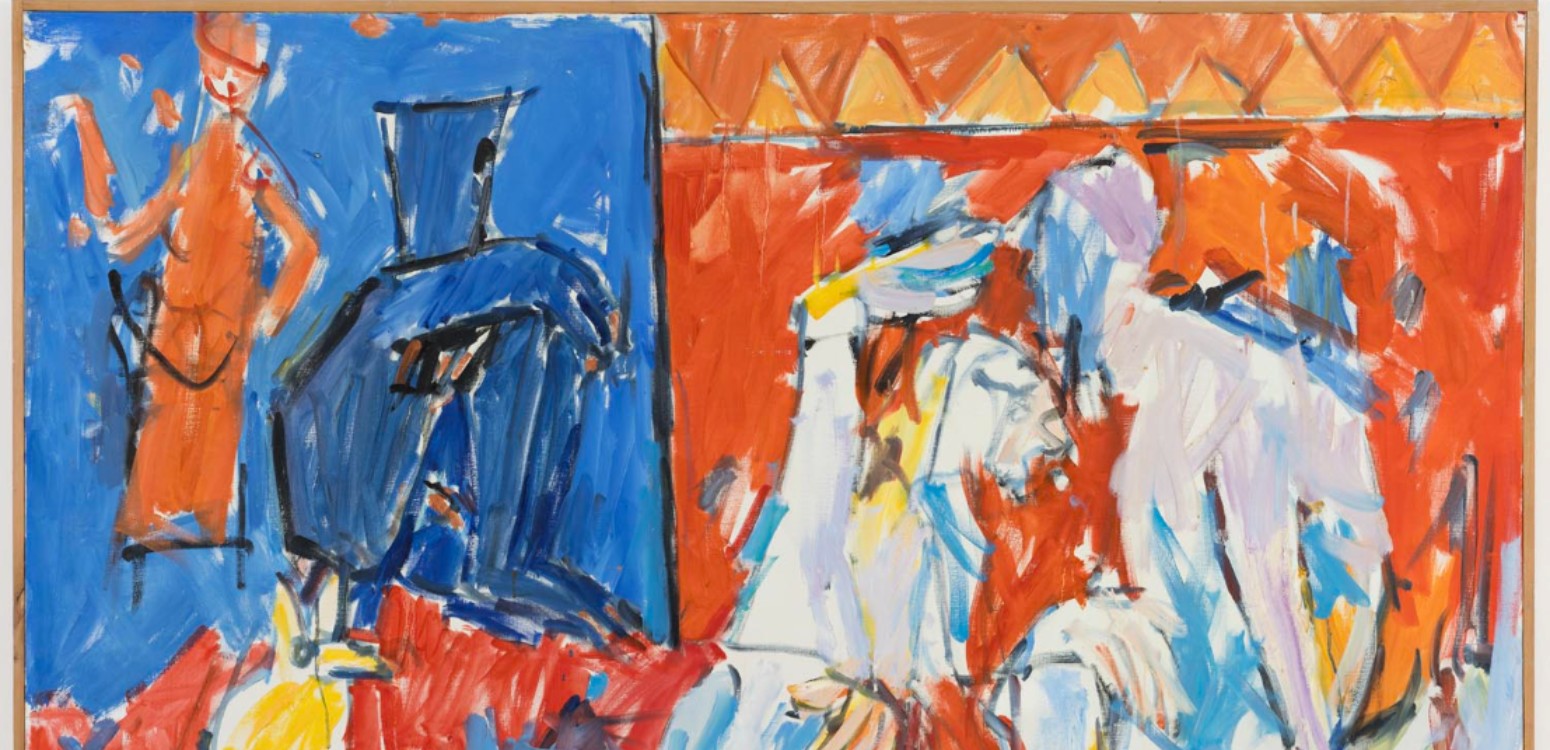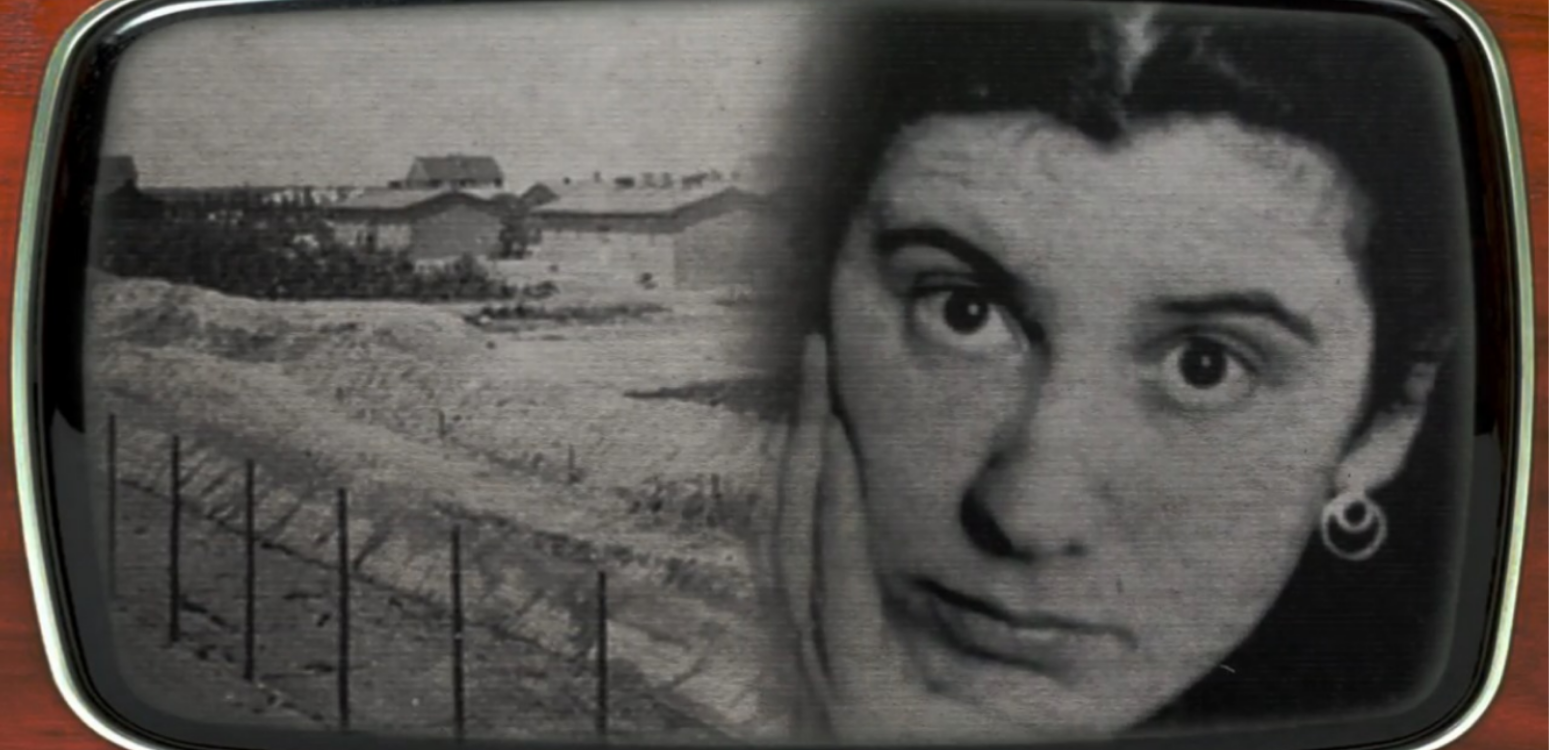Ten things you might not know about Shmuel Yosef Agnon
Think you know S.Y. Agnon? Beyond his towering reputation as modern Hebrew literature’s cornerstone and Israel’s first-ever Nobel laureate (still the only Hebrew language writer to claim the Nobel Prize in Literature), the man behind the masterpieces remains fascinatingly enigmatic. Here are ten revelations about Agnon that even literary buffs might find surprising.
1
Agnon was born on the 18 of the Hebrew month of Av. However, he always said his birthday was on the fast day of Tisha B’Av. He originally changed the date to avoid military service, but even after he succeeded in that, he continued to adhere to the day on which, according to tradition, the Messiah would come.
2
S.Y. Agnon’s 1966 Nobel Prize, which he shared with the Jewish German-Swedish poet Nelly Sachs, known for her Holocaust-themed poetry, was the result of decades of strategic lobbying, not a sudden surprise. Though his Nobel prospects first arose with the 1934 English release of “The Bridal Canopy,” organized efforts only took shape after World War II. For nearly 20 years, Hebrew University, Schocken Publishing, and Israel’s Foreign Ministry championed his candidacy. Agnon actively pursued the prize, even visiting Stockholm in 1951 to meet Swedish intellectuals. Despite multiple nominations and setbacks, he finally won at age 78 – ironically, in a year with no formal nomination. His win marked both literary recognition and the success of a long-running cultural diplomacy campaign.
3
As he noted in his acceptance speech, Agnon wrote his very first poem at the tender age of 5. His father went away on business and he wrote a poem because he missed him. In the speech he mentioned how all the other poems and writings of his early years, which he left in his father’s house, were destroyed in World War I.
4
At just 15, his first published work was a Yiddish poem about Joseph De La Reina – the legendary XV-century Safed kabbalist whose mystical ambition led to tragedy. De La Reina’s daring attempt to force the Messiah’s arrival by binding powerful demons with God’s secret names backfired spectacularly. The tale ends with the once-pious kabbalist descending into madness, sin, and either suicide or apostasy – a warning against spiritual overreach that has fascinated Jewish mystics for centuries. Retold in countless variations throughout Jewish literature, it remains one of Kabbalah’s most famous cautionary tales.
5
At the age of 19, Agnon left behind his family and birthplace Of Buczacz, Kingdom of Galicia and Lodomeria (then part of Austro-Hungary and now in Ukraine) to join the Second Aliyah pioneers in Palestine. Stepping into Jaffa’s bustling port, the young writer immersed himself in the vibrant community of idealistic young men and women who, filled with Zionist fervor, had broken away from their parents’ homes in the diaspora. Echoes of these formative experiences would later resonate through many of his stories, particularly his masterpiece “Only Yesterday.” In Jaffa, Agnon rented a tiny room where he secluded himself, devoting his days to writing with singular purpose: to fulfill his destiny as a significant Hebrew author.
6
Shmuel Yosef Agnon, born Czaczkes, adopted his pen name from his breakthrough 1908 Hebrew story Agunot (“Chained Women”). Published in the journal HaOmer while Agnon was living in Jaffa, this influential tale about women trapped in marital limbo – unable to remarry because their husbands had disappeared or refused to grant religious divorce – provided not just his literary pseudonym but encapsulated the themes that would define his work.
The term agunah refers to a woman “anchored” or “chained” to marriage, reflecting the spiritual yearning, dislocation, and tradition that became hallmarks of Agnon’s writing. Later legally changing his surname to Agnon, this name transformation symbolized his evolution from European origins to his new identity in the Land of Israel.
7
The unlikely alliance between Shmuel Yosef Agnon and German-Jewish department store magnate Salman Schocken (1877-1959) transformed both Hebrew literature and Agnon’s fortune. Their fateful 1915 meeting in Germany blossomed into one of literary history’s most remarkable patronage relationships, spanning over five decades.
Schocken, recognizing Agnon’s extraordinary talent, offered him an unprecedented arrangement: a generous monthly stipend, a publishing house primarily for his works, and eventually a Jerusalem home built specifically for the author.
Their connection transcended business; Schocken served as Agnon’s editor, publisher, and champion, while Agnon’s literary genius gave purpose to Schocken’s mission of preserving Jewish intellectual heritage. Even after Schocken’s death, his publishing empire continued supporting Agnon, ensuring his works appeared in the exquisitely crafted editions both men prized.
8
Agnon met Esther Marx, a wealthy banker’s daughter, in Germany and soon married her. Their union produced two children: daughter Emunah and son Shalom Mordechai, whom Esther called Hemdat after one of Agnon’s autobiographical characters. Esther became Agnon’s literary partner – his first reader, typist, editor, and proofreader – providing essential feedback on his developing works. Their years of correspondence, later published as Esterlein Yekirati (“My Dear Esterlein”), reveals their deep connection. While Agnon focused on writing, Esther maintained their home life. After his death, daughter Emunah continued Esther’s work by publishing many of Agnon’s remaining manuscripts.
9
Agnon suffered the devastating loss of his library twice. First, in July 1924, fire consumed his home in Bad Homburg, Germany, destroying 4,000 books and numerous unpublished manuscripts. Then, in August 1929, during the Palestine riots, his second library in Jerusalem’s Talpiot neighborhood was destroyed when Arab rioters looted and burned his home. This double tragedy deeply influenced his writing, appearing as themes of loss and destruction in works like “A Guest for the Night” and “To This Day.” Agnon referred to these events as “the two destructions,” drawing parallels to the biblical destruction of the Temples. These personal catastrophes became powerful symbols in his literature of Jewish historical suffering and resilience.
10
Israel honored S.Y. Agnon on its purple fifty-shekel bill through two consecutive series. Series A (1985-1999) featured Agnon’s portrait on the front alongside the photo of his study-library and an excerpt from his 1966 Nobel Prize acceptance speech. Its reverse depicted Jerusalem’s skyline juxtaposed with an Eastern European shtetl, representing the dual worlds of his literature. Series B (1999-2017) maintained Agnon’s portrait on the front – in a slightly different design – but refreshed the reverse with more personal elements: Agnon’s notebook, pen, glasses, and a view of Jerusalem featuring the Temple Mount. This double commemoration underscored Agnon’s enduring significance as Israel’s first Nobel Prize in Literature laureate and a towering figure in Hebrew literary tradition.



